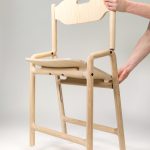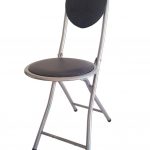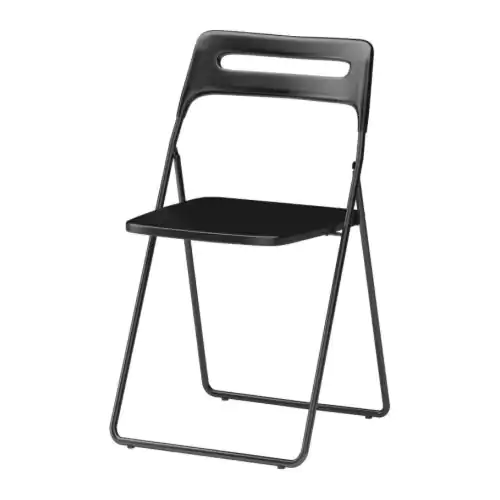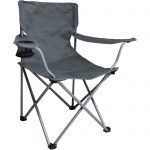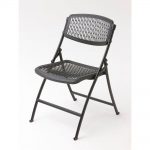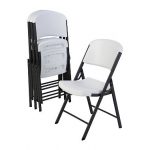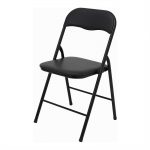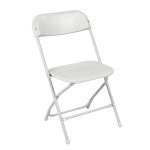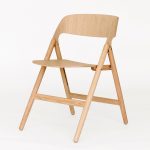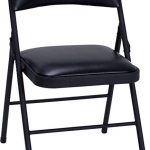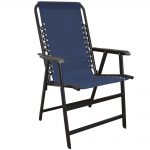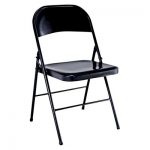Folding chairs have been a staple of seating throughout history, evolving from simple stools to complex and elegant designs that have stood the test of time. From ancient Rome to modern day, the folding chair has undergone numerous transformations to meet the needs of different time periods and cultures.
The roots of the folding chair can be traced back to ancient Rome, where the sella curulis, or “curule chair,” was used by magistrates and important officials. These chairs were made from wood and featured a curved x-shaped base that allowed them to fold flat for easy transport. The curule chair was a symbol of power and authority in Rome, and its design and function set the stage for the development of folding chairs in the centuries to come.
As civilizations advanced and trade routes expanded, folding chairs became more common in various cultures around the world. In China, folding chairs were used in religious ceremonies and as seating for nobility. In Japan, the popular zaisu chair featured a low seat and adjustable backrest, making it ideal for use in traditional tatami rooms. The versatility and portability of folding chairs made them a practical choice for nomadic societies and travelers, allowing them to easily move and set up seating wherever they went.
During the Renaissance period in Europe, folding chairs became more ornate and decorative, with intricate carvings and luxurious materials such as velvet and gold leaf. As the middle class grew and more people began to entertain guests in their homes, folding chairs became a popular choice for extra seating at parties and events. The design of folding chairs continued to evolve, with new features such as armrests, cushioned seats, and adjustable backs being added to enhance comfort and functionality.
In the 20th century, the industrial revolution brought about mass production and new materials such as steel and plastic, leading to the creation of lightweight and durable folding chairs that were affordable for the average consumer. Folding chairs became a staple at outdoor events, picnics, and camping trips, providing convenient seating options that could be easily transported and stored when not in use. Modern designs feature ergonomic shapes, breathable fabrics, and innovative mechanisms for easy folding and unfolding.
Today, folding chairs are a ubiquitous item found in homes, offices, schools, and event venues around the world. They continue to evolve with the latest advancements in technology and materials, offering a wide range of options for every taste and budget. Whether you prefer a classic wooden folding chair or a sleek and modern metal design, there is a folding chair out there to suit your needs.
In conclusion, the evolution of folding chairs from ancient Rome to modern day is a fascinating journey that highlights the ingenuity and creativity of humans in designing functional and stylish seating solutions. With their versatility, affordability, and portability, folding chairs will likely continue to play an important role in our lives for years to come.
 darbylanefurniture.com Interior design ideas with the latest interior inspiration
darbylanefurniture.com Interior design ideas with the latest interior inspiration

